That’s a good point about the blogs providing access to others. I also would like to know more about how to get creative with eLearning. Do you have examples?
What Can You Learn from the E-Learning Community?
September 13th, 2007
One of my first goals upon launching The Rapid E-Learning Blog was to understand how you define rapid elearning. You responded and we ended up with over 200 definitions.
I sealed the definitions in a tamper-proof envelope and took them to our crack team of etymologists. We ran an exhaustive battery of tests to determine the best definitions. From those tests, I was able to present five from which to choose.
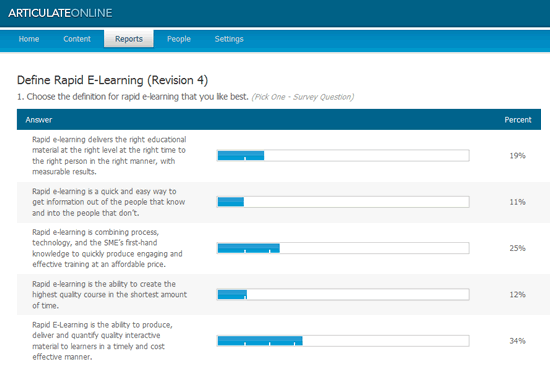

After 3 weeks, the votes are in and the winning definition is from Bradley Mersereau.
Rapid E-Learning is the ability to produce, deliver and quantify quality interactive material to learners in a timely and cost effective manner.
Congratulations, Bradley! You receive a complimentary copy of Articulate Engage. Thank you to all who participated and voted.
Clear Communication is Critical to Effective Learning
The contest revealed that while we use the same words, we don’t necessarily say the same thing. There’s a context to our understanding that is buried beneath the words we use, and this context is not always evident. This is only magnified as we cross borders and train people from various countries and cultures.
It’s important that we don’t assume that our learners understand what we mean.
- Build context for your e-learning course. Avoid presenting content without context. You’ll have more success if your learners are starting on the same page. Lay a foundation for understanding and then build on it.
- Design the course to test the learner’s assumptions. You can build context if you can determine what the learner already knows. Do this by starting with some decision-making interactions.
- Create clarity with a glossary. Sometimes it’s just good to have a glossary or some sort of resource where you can define specific terms or acronyms. It’s a lot easier than trying to explain everything. You can easily create one with a tool like Engage and then drop it into your course. Perhaps Bradley will lend a hand.
Learning is a Complex Process
The learning process is a lot like the diversity of the definitions. Things are not always black or white. Often there’s not a right or wrong answer, and sometimes people just have personal preferences that influence how they learn.
Many times, we approach training as a list of policies, procedures and metrics. Because of this, we design screen after screen of content as a “one size fits all” approach to learning. Unfortunately, rapid authoring can contribute to this.
Rapid e-learning tools are great because you can create and modify content quickly. The tools are also getting better at allowing you to create interactive content. The challenge is knowing how to leverage the rapid authoring technology so that the e-learning course you build is part of the real learning process and not just a required task.
- Understand your learner. This is needs analysis 101. Don’t just create content in a vacuum. Find out how your learner uses the information in the course. Then build a course that works in that context.
- E-learning can be more that individual learning. There’s no reason why you can’t leverage the technology to create a different e-learning environment. Why does it have to be one person behind one computer? Let’s get creative!
- Combine the e-learning course with real world practice. There are many ways to build a learning process where the learner gets content online and practices using it in the real world.
There’s a Whole Community Waiting to Help You
I have enjoyed the emails and new blogs that I’ve received these past few weeks from e-learning developers all over the world.
Most of what we know comes from others and that’s why it’s important to be connected. There’s power in community. And as we engage each other we become better at what we do.
- Take advantage of the great resources that are available to you at no cost. The Internet has opened the doors to all types of information that wasn’t readily available just a few years ago. There’s information and help for almost everything.
- Connect with others in our industry. There are a lot of good e-learning blogs. You can connect with people from all over the world and tap into work experience, knowledge, and resources that are not always available to you in your work environment, especially if you work in a small organization.
- Let your voice be heard. Create a blog or wiki. Share your thoughts and actively contribute to our industry.
We never stop learning. It’s just part of who we are.
Events
- Everyday. Check out the weekly training webinars to learn more about Rise, Storyline, and instructional design.
Free E-Learning Resources
 |
 |
 |
|
Want to learn more? Check out these articles and free resources in the community. |
Here’s a great job board for e-learning, instructional design, and training jobs |
Participate in the weekly e-learning challenges to sharpen your skills |
 |
 |
 |
|
Get your free PowerPoint templates and free graphics & stock images. |
Lots of cool e-learning examples to check out and find inspiration. |
Getting Started? This e-learning 101 series and the free e-books will help. |
7 responses to “What Can You Learn from the E-Learning Community?”
Good post. I find that I cannot get my manager to consider the learning process. Most of my training courses are regulations and policies. How do I make the course interesting if the course is not about learning or the learners.
I think you’re confusing two different things by mixing both the experienced length of the training and the production time in the definition.
Rapid Application Development is about shortening the development time.
Rapid e-Learning is about shortening the time the learners are exposed to e-learning.
One example could be a television commercial. It’s rapid in on air time – but often has a very long production time.
The same goes for high impact quality rapid e-learning: It’s short and right down to the point but it’s normally not produced in a short time.
If you’re just reproducing PowerPoints or similar into n e-learning program by adding some interactions and voice over it an be produced very fast – but can take hours to complete for the poor sods in the other end.
I always warn by mangement about this distinction – do you want high impact quality e-learning aligning to busines goals? Or do just want the information out there with some interactions added?
Qualty vs. quantity, basically.
Some of the things found frustrating when I think in a global community is the language barrier. I know we all agree with the fact that English is an universal language and we can use this language to write our thoughts, ideas and comments about what’s new in elearning. However, I kept thinking about people who do not know English and will de for have access to quality information like this.
Translating web pages could be a solution, but while we do that, there’s more and more new information online everyday.
I will trying my best for this information arrives into hands who speak Spanish and do not know English…..
Thanks Tom for all your input!
Carolina
Hello Tom,
If you want to learn to speak as an Spanish robot this tool at altavista is a great too to get it! 🙂
Unfortunately, I haven’t found a proper translation tool that actual translate into a technical way. Must of these tools translate words, but not real meaning. This is another big challenges when in comes to multiculturalism and languages. Sometimes words by themselves do not mean anything is we dont put them in a context. Very similar to e-learning process don’t you thik?
If you would like to translate something into Spanish I would be more than glad to help!
Carolina
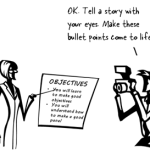
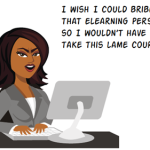
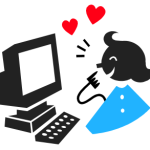

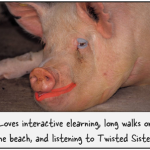
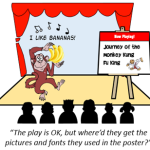



0
comments